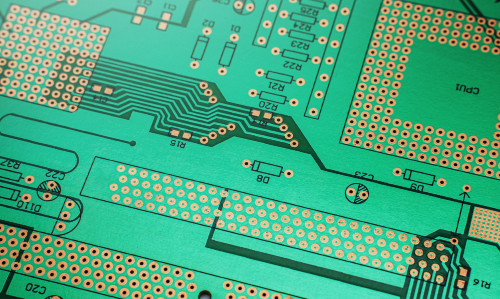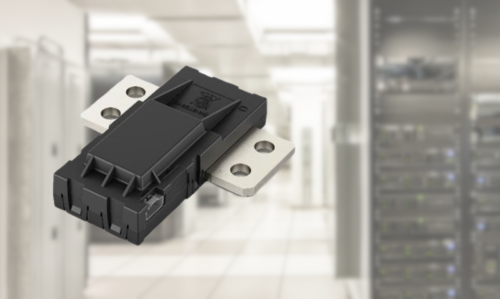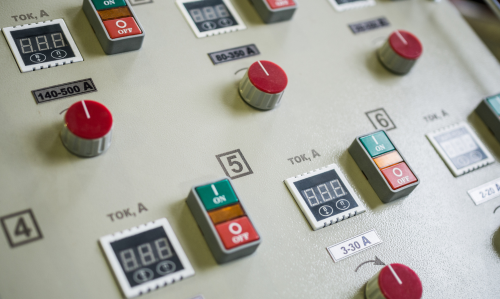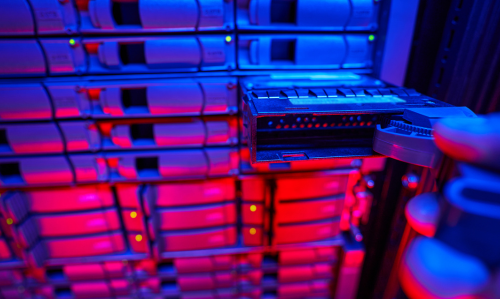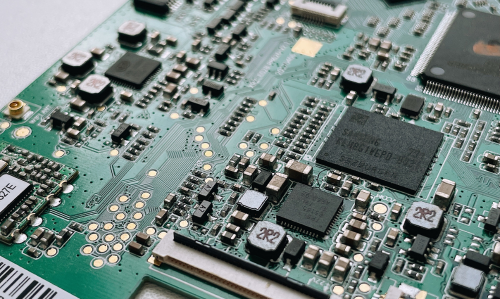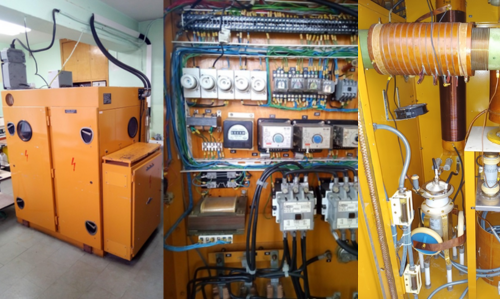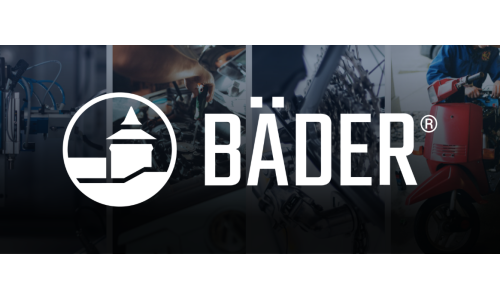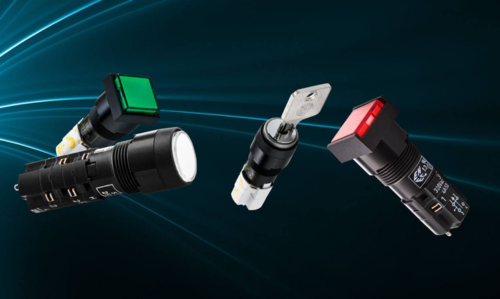Electromagnetic compatibility (EMC) is a crucial aspect in the design of modern electronic devices. Conductive elastomers play an important role in improving EMC, offering effective solutions for controlling electromagnetic interference.

Knowledge Base
-
Best Practices for Shielding Components on PCBs for EMC: How to Minimize Electromagnetic InterferenceRead more
With the growing demands for electromagnetic compatibility (EMC), designing printed circuit boards (PCBs) is becoming increasingly complex. Shielding is a key technique that protects electronic components from electromagnetic interference (EMI). In this article, we discuss the main challenges and best practices related to designing shielding for PCB components in terms of EMC.
-
Precision and Versatility: Why Invest in the IVT-3?Read more
The IVT-3 current sensor, available in Base and PRO versions, offers precise measurement of current, temperature, and advanced diagnostic functions. The PRO version additionally enables voltage measurement and insulation status evaluation, making it a versatile tool ideal for modern electrical applications, ensuring high accuracy and integration of multiple functions.
-
What Are the Types of EMC Filters and When Are They Used?Read more
EMC filters play a key role in ensuring the electromagnetic compatibility of electrical and electronic systems. Their task is to minimize electromagnetic interference that can affect the operation of devices and systems. In this article, we will discuss different types of EMC filters and the situations in which they are most commonly used.
-
Selecting the Right EMC Cable GlandsRead more
Selecting the right EMC cable glands is crucial for effective protection against electromagnetic interference. Factors to consider include the material from which the gland is made, its size, and the type of cable it will be used with. The material of the gland significantly impacts its effectiveness in providing EMC protection. Metal glands offer better protection against interference than those made of plastic.
-
Overview of EMC Technologies Used in Automation SystemsRead more
Electromagnetic Compatibility (EMC) is a key aspect in the design and operation of modern automation systems. Its importance is invaluable in ensuring the reliability and stability of complex electronic devices, which must operate without electromagnetic interference both internally and with their surroundings.
-
Article: What EMC Products Are Essential for Ensuring the Reliability of Telecommunication Networks?Read more
Electromagnetic Compatibility (EMC) is a key element in ensuring the reliability of telecommunication networks. Electromagnetic interference can lead to signal degradation, connection interruptions, and a general decline in the quality of telecommunication services.
-
Challenges and Solutions in EMC Protection in Medical EquipmentRead more
Electromagnetic Compatibility (EMC) in medical equipment is crucial for ensuring the reliability and safety of devices used in healthcare. Electromagnetic interference can lead to malfunctions of equipment, which may have serious consequences for patient health and safety.
-
Electromagnetic Compatibility (EMC) in Vehicles - Key Components and TechnologiesRead more
Electromagnetic Compatibility (EMC) is a crucial aspect of designing modern vehicles. Without proper management of EMC, vehicles may experience interference that affects their reliability and safety.
-
Best Practices for Shielding Components on PCB BoardsRead more
Electromagnetic interference (EMI) presents significant challenges in modern electronic circuit design. Effective shielding of PCB components is crucial for ensuring reliable device operation. Key practices include designing PCB layers to reduce coupling, isolating signal paths, using appropriate shielding materials, and employing metal enclosures. Common mistakes, such as improper grounding and incorrect material use, can lead to increased interference and device failures. Adhering to these...
-
Characteristics, Advantages, and Typical Applications of Foam EMC GasketsRead more
Electromagnetic Compatibility (EMC) is a crucial aspect in the design and use of modern electronic devices. With the increasing number of devices emitting electromagnetic interference, protection in the form of foam EMC gaskets is becoming essential. EMC gaskets are specially designed to protect against electromagnetic interference that can affect the proper functioning of electronic devices.
-
Discussion of Different Types of EMC Gaskets and Their Industrial ApplicationsRead more
Learn about various types of EMC gaskets, their functions, and applications in electronics, automotive, telecommunications, medical, and aerospace industries. Discover how to choose the right EMC gasket and explore future trends in this technology.
-
Overview of Key EMC Standards and RegulationsRead more
Electromagnetic compatibility (EMC) is a crucial element in designing and deploying electronic devices to the market. Meeting EMC standards and regulations is essential to ensure that devices operate correctly without causing electromagnetic interference in other devices.
-
Main Sources of Electromagnetic Interference and How to Control ThemRead more
Electromagnetic interference (EMC) refers to unwanted disturbances in electrical signals caused by external sources. In industry, controlling these interferences is crucial for ensuring the reliability and safety of devices and systems.
-
What is EMC and Why is it Important in Industry?Read more
EMC (Electromagnetic Compatibility) refers to the ability of electronic devices to operate in a specific electromagnetic environment without causing interference and without being affected by other devices. In industry, ensuring an appropriate level of EMC is crucial for safety, reliability, and compliance with international standards.
-
Modernization of the Induction Generator REL30Tr - A New Era of EfficiencyRead more
The article describes the modernization of the REL30Tr induction generator carried out by DACPOL SERVICE. The generator, manufactured in 1990 by ELCAL, was used at the Institute of Molecular Physics in Poznań. The modernization included the introduction of modern technical solutions, such as a "soft start" of the cathode triode power supply, improvements to the oscillator circuit, and the integration of an additional control panel. These changes improved the reliability and efficiency of the...
-
Kleje do Gwintów Bäder®: Klucz do Trwałych Połączeń w PrzemyśleRead more
Odkryj zalety klejów do gwintów Bäder® w naszym artykule. Dowiedz się, jak wysokiej jakości kleje Bäder® zapewniają trwałość i bezpieczeństwo połączeń śrubowych w trudnych warunkach przemysłowych. Sprawdź ich właściwości, zastosowania i ekologiczne zalety. Idealne rozwiązanie dla przemysłu motoryzacyjnego, lotniczego, mechaniki precyzyjnej i projektów DIY.
-
All you need to know about RAFIX 22 QR buttonsRead more
All RAFIX series feature a modular design. They consist of a button and a contact. The advantage of this system is the ability to freely combine contacts and buttons according to needs. This provides nearly unlimited combinations for both production and final assembly. You can create a new configuration using existing components. If that is not sufficient, custom solutions can also be developed.





